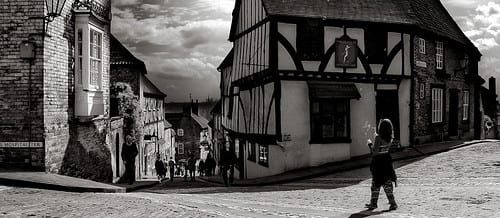Testing out performances is clearly important for any piece of theatre but for our site specific piece, I don’t think we realised just how crucial it would be until we actually tried it in the site. We decided to have a trial run of one of our five stations (as the five stations would represent what we use water for and our reliance on structures such as the water tower), and the station we chose was washing clothes. For our performance we are doing a piece of repetitive, performative theatre so for this station, Jamie will be washing the clothes in a particular way and I will be getting them dirty again in a series of repetitive actions i.e. putting the shirt on right arm first each time then running to the hill, getting into the lying down position before rolling down the hill and repeating this three times before taking the shirt off and starting again and this will last an hour. After
“No repetition is exactly the same as the action as it copies – if only by the fact of it being a repetition rather than an initial act, or of being the third repetition rather than the second.” (Howell, 1999)
The human element of repetition and incosistancies is something I find particularly interesting and will be inevitably apparant in my performance. Even the repetitive actions we do every day (dirtying clothes and then cleaning them again) has a ritualistic element towards it. The inconcistancies occur each time we perform the action but the basic action remains the same. With our theme of water, we will explore and perform a repetitive, performative piece that hopefully an audience will find interesting to watch.
Howell, A. 1999. The Analysis of Performance Art: A Guide to Its Theory and Practice. Routledge. p.79
Crowe, S. 2015. Rehearsing Site Specific Performance. Wickham Gardens. Lincoln. England.

